Ah, 1947! A year that stands as a beacon of transformation in the world of fashion, courtesy of one man: Christian Dior. Picture this: Paris, post-war, a city gasping for a breath of fresh air, yearning for a dash of beauty after years of gloom. Into this setting strides Monsieur Dior, whose debut collection was nothing short of a sartorial rebirth. And me? I’m just a girl who adores a touch of opulence, captivated by the tales of fashion’s phoenix rising from the ashes.
Imagine the scene – the rapture, the applause as Dior’s creations cascaded down the runway, redefining femininity with each swish of fabric. Carmel Snow of Harper’s Bazaar captured the essence perfectly, coining it the “New Look.” It wasn’t just a collection; it was a revolution wrapped in silk and taffeta.
The video I took is the collection of 1947. You can read about that more Dior Goodwood.
The New Look – Apple TV
Fast forward to now, and the magic of that era is being rekindled with “The New Look” on Apple TV, set to premiere this Valentine’s Day. The casting is a dream – Ben Mendelsohn as Dior himself, with the legendary Juliette Binoche as Coco Chanel, and the enigmatic John Malkovich and Glenn Close bringing the fashion world’s titans to life. It’s like watching history drape itself in the finest of threads. Great timing to launch on Valentines day.
The backdrop of this tale is as dramatic as the fashions. Paris, barely shaking off the shadows of Nazi occupation, finds its couture heartbeat again. Dior’s journey, from a gallerist and illustrator to the pinnacle of couture, is a testament to resilience and vision. This series promises to peel back the layers of glamour to reveal the raw, untold stories of these fashion icons amidst the turmoil of war.
But let’s not forget the real heroes in Dior’s narrative. His sister, Catherine, a beacon of courage as a member of the French Resistance, whose spirit and bravery infused Dior with the optimism to dream. Her story, though less sung, is a powerful reminder of the strength behind the label.

Coco Chanel
And then there’s Chanel – ah, Coco, with her comeback at 71, sparking a rivalry that the press savoured. “Watch out M. Dior,” they teased, but the maestro was unfazed, secure in his realm of haute couture mastery.
As I dive into this rich tapestry of history, drama, and couture, I can’t help but marvel at the resilience of fashion. Dior’s 1947 collection wasn’t just clothing; it was a declaration of freedom, a bold statement that beauty can indeed rise from despair. And as I eagerly await the premiere of “The New Look,” I’m reminded of the power of fashion to not only clothe us but to inspire and uplift.
So here’s to Christian Dior, to the legends who walked before us, and to the undying glamour of fashion. May the opulence of the New Look remind us of the beauty that persists, even in the face of adversity. And may we all carry a bit of that Dior elegance and defiance in our stride, no matter where we go.
More on the history of Coco Chanel.

Who Was Catherine?
Diving into the heart of “The New Look,” Maisie Williams shines a light on a less sung hero of the fashion narrative—Catherine Dior. Known for her vivid portrayals, Williams brings to life Catherine, the resilient sister behind the titan of couture, Christian Dior. Her preparation for this role was nothing short of meticulous, embracing Justine Picardie’s enlightening book as both a beacon and bedtime ritual. By immersing herself in the audiobook night after night, Williams didn’t just learn her lines; she absorbed the essence of Catherine’s spirit.
Catherine’s journey is a tapestry of bravery and resilience, one that, until now, remained overshadowed by the grandeur of Christian Dior’s fashion empire. Yet, as Williams keenly observed, Catherine’s experiences and her profound influence on her brother are pivotal chapters in the Dior story. Through her role, Williams aspires to unveil the human behind the icon, bridging the gap between the audience and the untold influence Catherine wielded over Dior’s revolutionary designs.
Williams’s dedication to portraying Catherine’s legacy speaks volumes about her commitment to authenticity. “Everything Catherine had gone through is not really commonly known,” Williams reflects, highlighting the disparity between the legend of Dior and the reality of the lives that shaped it. Her portrayal is poised to offer viewers a unique insight into the personal struggles and triumphs that fueled one of the most significant revolutions in fashion history.
By choosing to spotlight Catherine’s impact, Williams and “The New Look” promise to offer a fresh perspective on the Dior legacy. It’s a narrative that celebrates not only the genius behind the New Look but also the courage and inspiration that propelled it to greatness. Williams’s portrayal is set to remind us that behind every legend, there are unsung heroes whose stories are waiting to be told. And in doing so, she hopes to forge a connection that transcends the superficial, inviting viewers to appreciate the depth of human emotion and resilience interwoven with the fabric of Dior’s success.


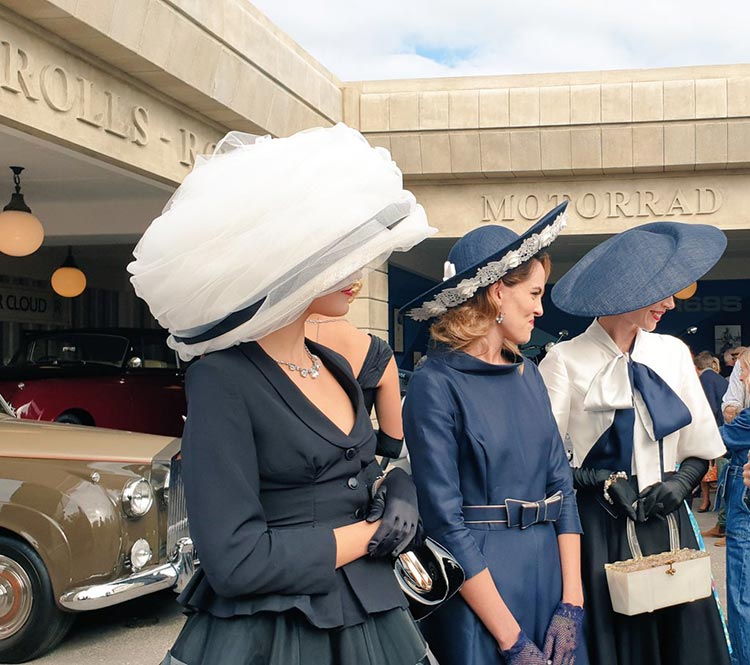
1957 Dior Legacy
Christian Dior’s journey to establishing his eponymous fashion house is a tale of resilience, serendipity, and visionary zeal. In his 1957 autobiography, Dior shares insights into the pivotal moments that catalyzed the creation of a brand that would redefine women’s fashion. The return of his sister Catherine, a figure of immense emotional significance to him, marked the closure of what he described as an “unhappy chapter” in his life. This reunion was more than a familial joy; it was a harbinger of the new beginnings that Dior yearned for in the post-war era.
The entrepreneurial spirit of his contemporaries, like Pierre Balmain, who ventured to establish his own brand after leaving Lucien Lelong, also inspired Dior. Observing Balmain’s bold steps provided Dior with the confidence to embark on his own journey. However, Dior’s decision to start his fashion house wasn’t solely based on optimism or inspiration from his peers. He sought a sign, a nudge from fate, which he found through a consultation with a fortune teller and the financial backing from the Boussac group. But perhaps the most symbolic affirmation of his destined path was the availability of the building at 30 Avenue Montaigne, a location Dior had long admired. This convergence of events and opportunities felt like the universe conspiring to set the stage for Dior’s legendary career in haute couture.

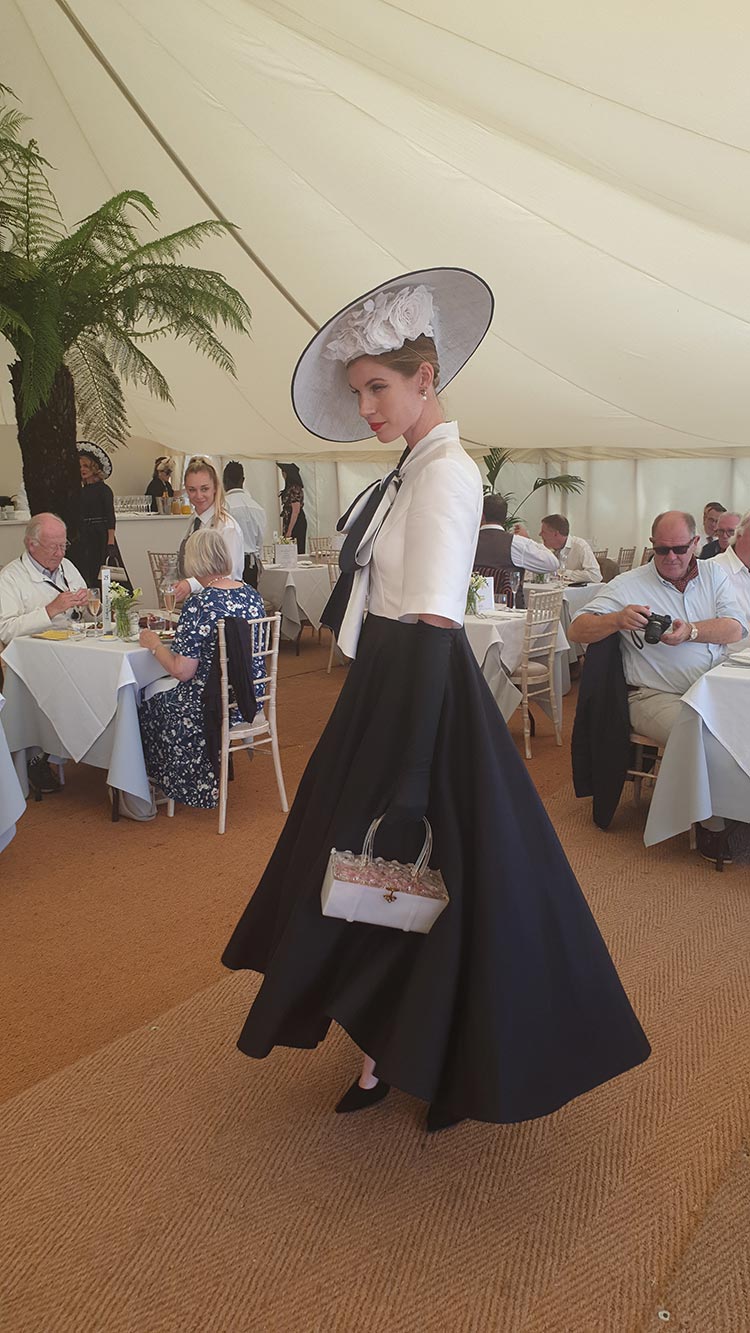
Despite the optimism that fueled his venture, Dior was acutely aware of the somber context within which he was building his dream. The aftermath of World War II was visible everywhere—in the damaged buildings, the ravaged landscapes, and the lingering rationing that affected daily life. Moreover, Dior lamented the state of fashion in the post-war period, which he found unappealing and disconnected from the essence of feminine elegance. Oversized hats, excessively short skirts, elongated jackets, and clunky shoes dominated the scene, a far cry from the aesthetic Dior envisioned for the modern woman.
Dior’s reflections in his memoir highlight not just the challenges of the time, but also his determination to introduce beauty and grace back into the world through his designs. His critique of the contemporary fashion landscape underscored his mission to revolutionize women’s attire, setting the foundation for what would become the iconic “New Look.” Dior’s journey from a moment of personal reconciliation to the launch of a fashion empire is a testament to the power of optimism, the significance of timing, and the impact of individual vision in the face of adversity.

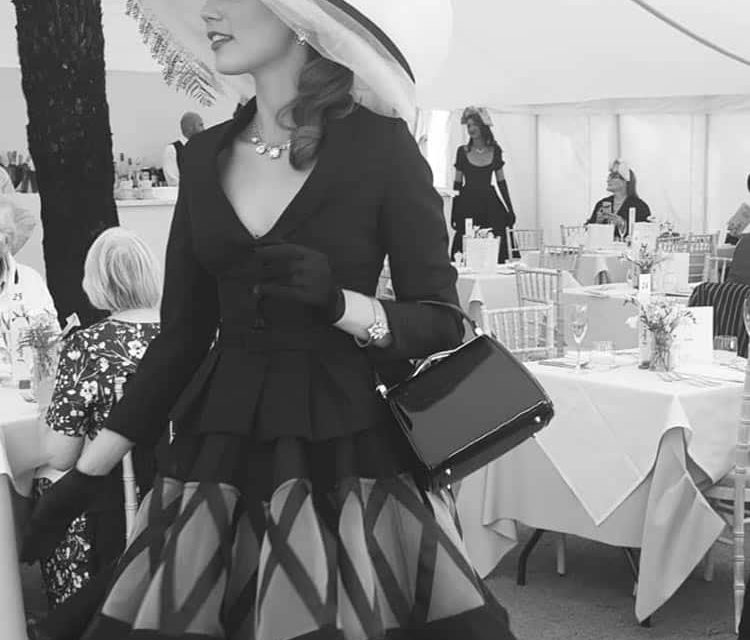

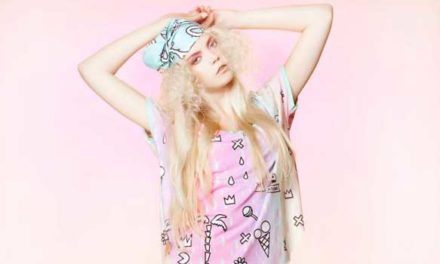
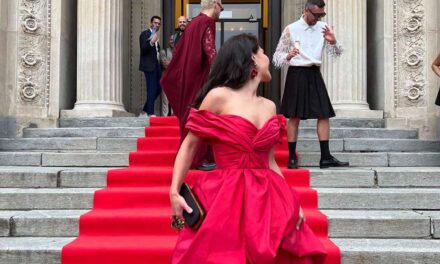
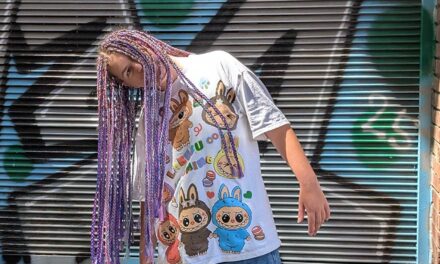




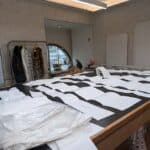





You must be logged in to post a comment.